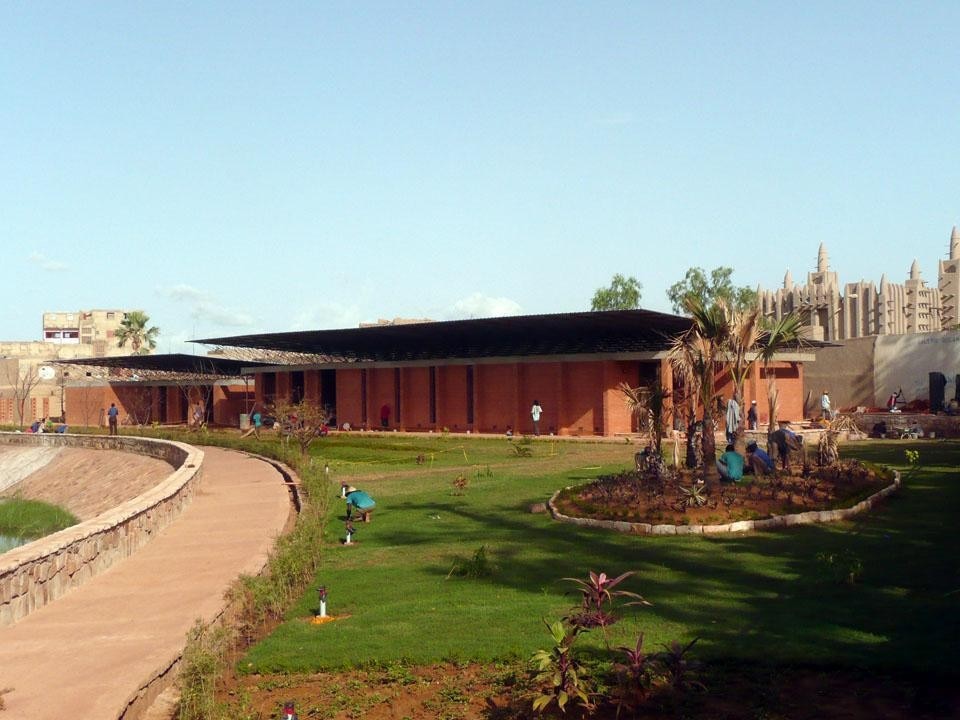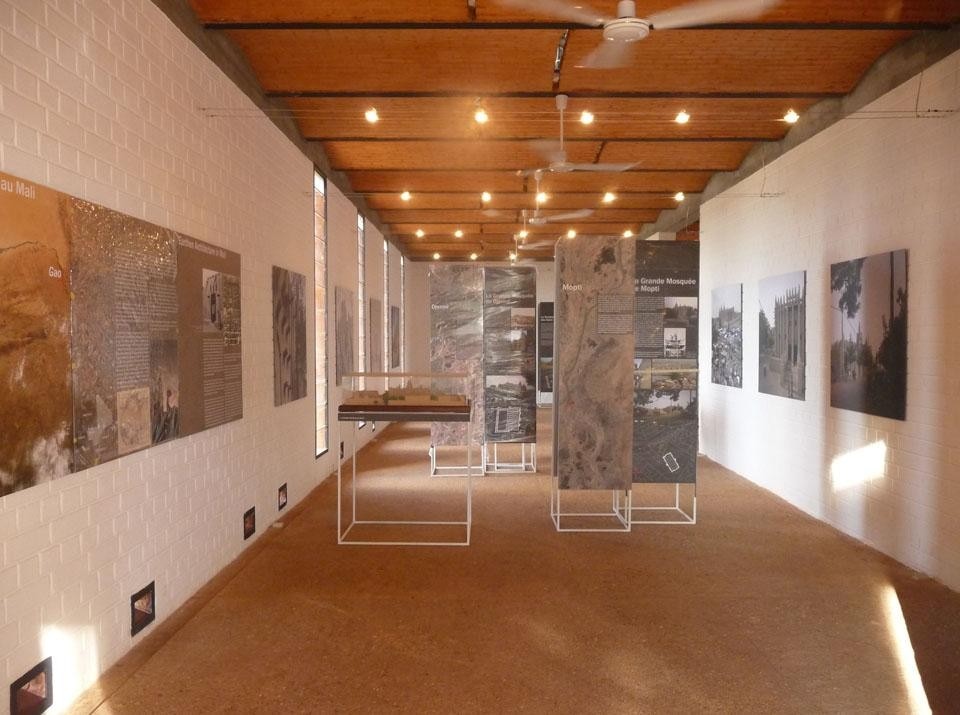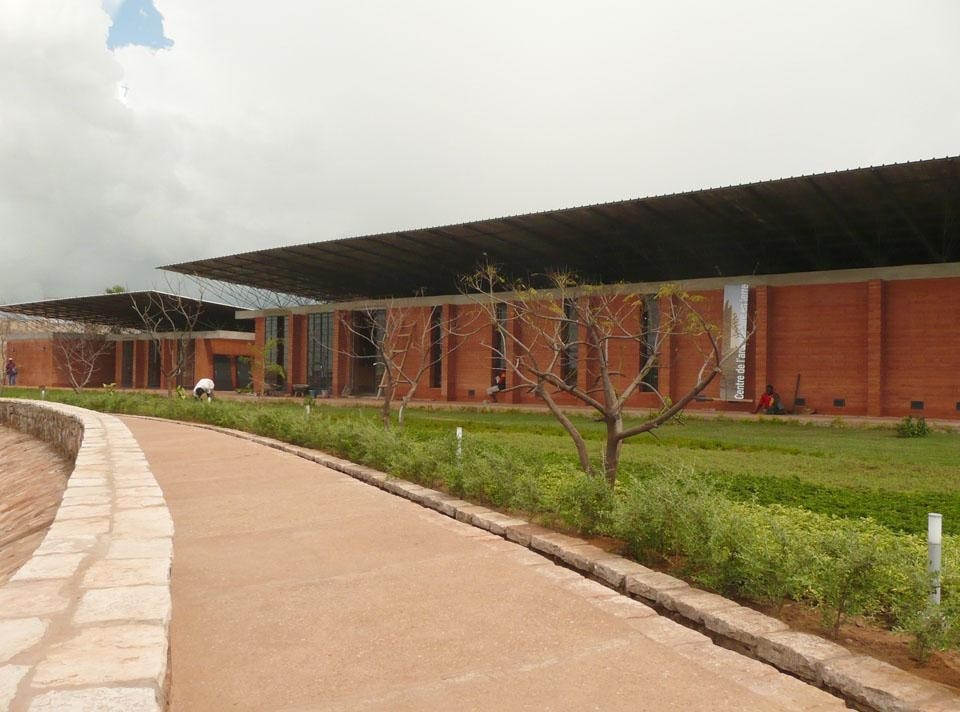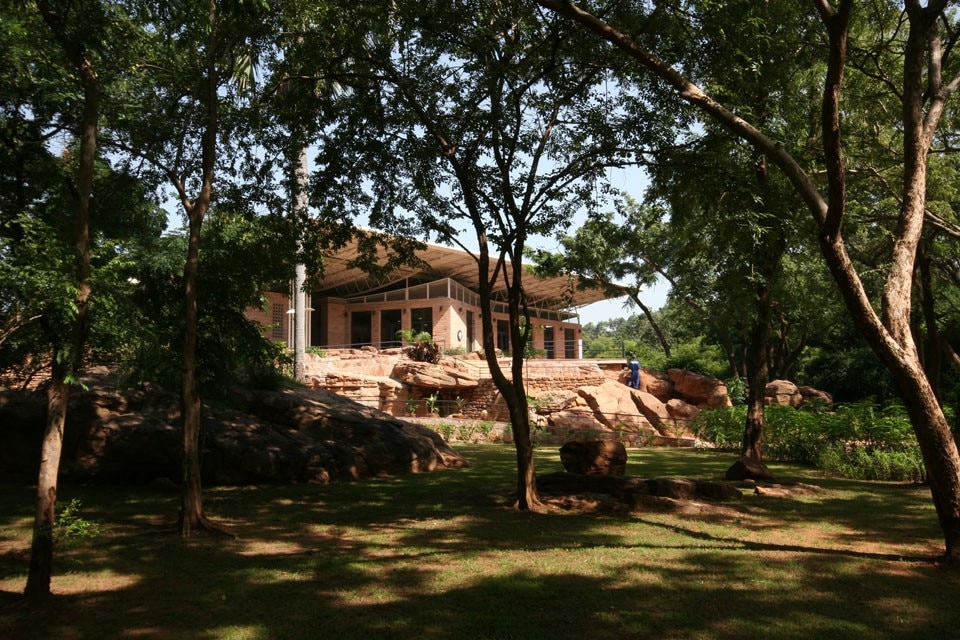Lindsay Bremner, director of the Architecture Department at Temple University, Philadelphia, and former director of the Architecture School at the University of the Witwatersrand, Johannesburg.
Perhaps architecture in Africa does not exist in official documents if we believe what is written in The Phaidon Atlas of Contemporary World Architecture: 348 pages are reserved for Europe; 94 for North America; 167 for Asia; 31 for Africa. But it would be truly cold-hearted to surrender to this interpretation. It would confirm the fact that this continent does not have a rich architectural history and can only be seen as a place to be conquered by stronger powers, for example, China, which is freely plundering its land and raw materials. And the models that will be applied here will necessarily be the globalized ones devoid of any local identity.
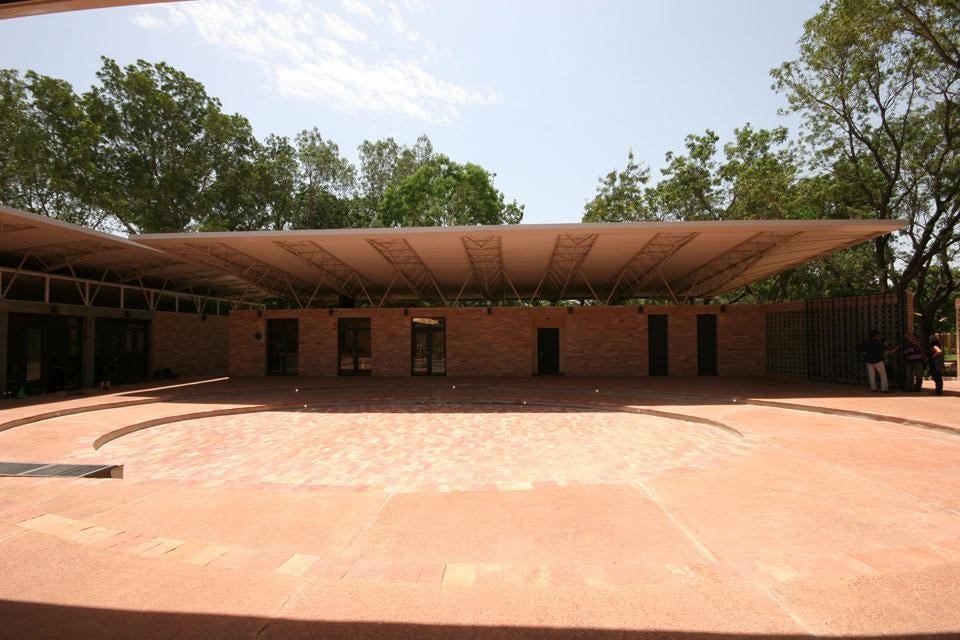
They all belong to the world of the very narrow boundaries of non-profit organizations which, through volunteering, build infrastructure in countries where everything is lacking. The Center for Cardiac Surgery, designed by tamassociati in Khartoum, Sudan, for Emergency, supports a situation of emergency and total deficiency with an architecture that is truly useful and beautiful compared to today's Italian hospital and health-related architecture.
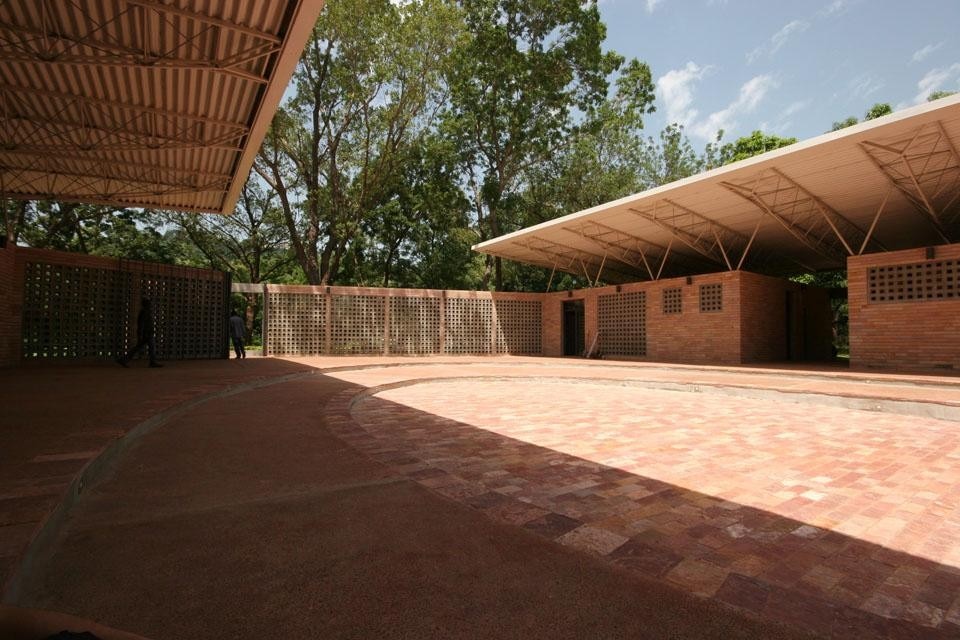
Sustainable architecture, today a trendy slogan, can come and go, but in Africa it has always been a standard practice among the pioneers of modernism
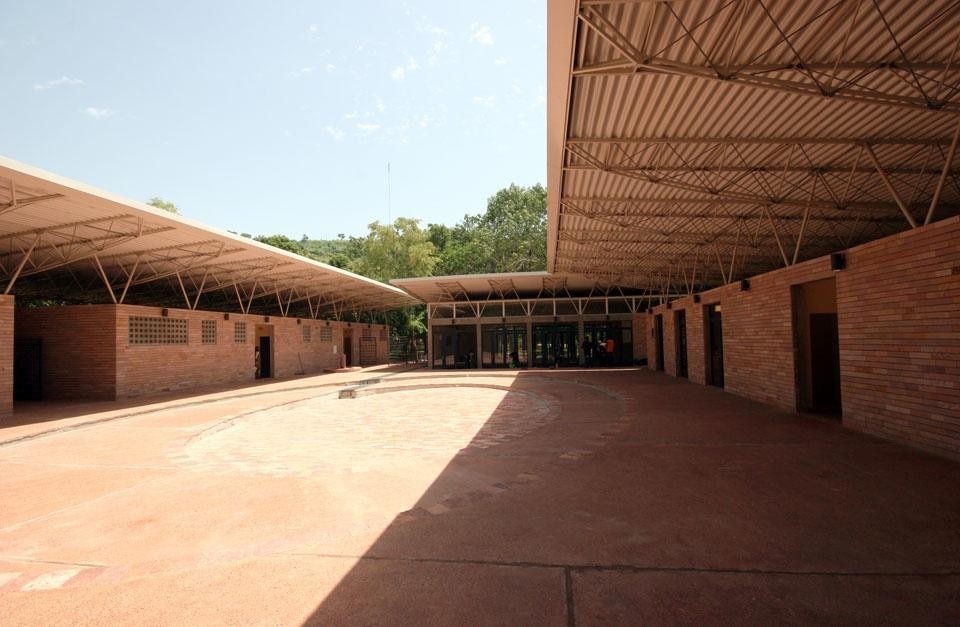
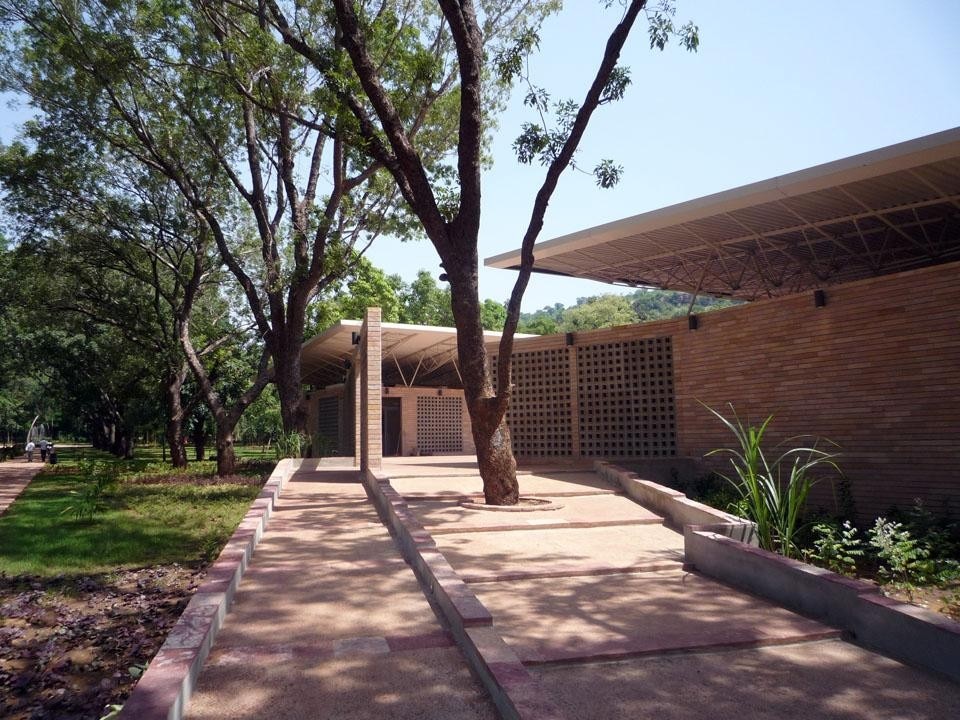
Above the clay base, the most compact part of the building seems to belong to the land of which it is made; a large cantilevered roof made of simple sheet metal hovers lightly in the air. It is supported by a metal structure, a geometric pattern made with thin rods – the architectural equivalent of the branches of a tree, artificial branches, through which the wind blows to cool the interior. Laura Bossi
